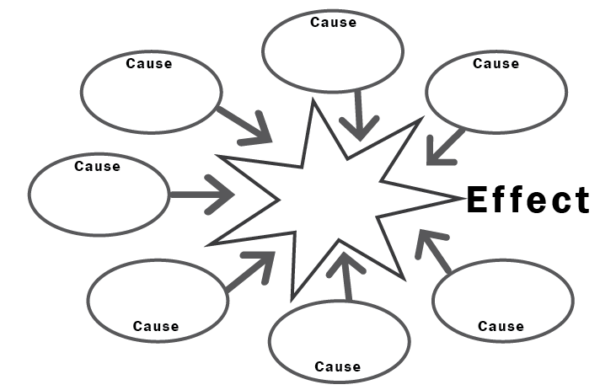The Theory of Multiple Causes
The “Operating Experience” section of the PHMSA CRM inspection questions (G1-1) outlines a process for “employing a formal, structured approach for reviewing and critiquing reportable events to identify lessons learned.” Does your company use a root cause analysis process that includes a review of primary and secondary causes, as well as contributing factors? Does the method require you to look beyond a single cause?
Marcus Aurelius (161 AD -180 AD), the Stoic philosopher and Roman emperor, advised something similar in his time:
We are too much accustomed to attribute to a single cause that which is the product of several, and the majority of our controversies come from that.
I have been using the Systematic Cause Analysis Technique (SCAT) for analysis of operating incidents, personal and vehicle accidents, near misses, and other events since 1999. The SCAT method is based on the theory of multiple causes, or that there are always more than one cause in an incident. The basic model of the theory is illustrated below:
Chrysippus (c. 279 – c. 206 BC), one of the early Stoics, had a theory of causality that all things happen according to fate. That may seem illogical in 2018, but he meant nothing takes place without a sufficient cause. An accident also has causes that are not apparent to the senses. He said:
Of causes, some are complete and primary, others auxiliary and proximate.
In the SCAT method, the immediate causes are those that can be seen, heard, felt, smelled, or even tasted. Let me illustrate with an example of two tank overflow incidents. The product on the ground can be seen and probably smelled. The immediate causes might be “failure to check/monitor” or “failure to react/correct” by a Controller or a “defective warning system.” Those are what Chrysippus termed complete and primary. What could be the basic causes, or the auxiliary and proximate causes? Perhaps we need to heed Marcus Aurelius and not attribute the tank overflow to these immediate causes. Perhaps we need to determine if there are basic causes that led to the lack of control.
At the very least, we need to consider the potential contributing factors from the PHMSA CRM inspection questions (G1-2). Those are controller fatigue, field equipment, operation of any relief device, procedures, SCADA system configuration, SCADA system performance, and involvement of field personnel. In one tank overflow incident, the failure of the tank gauging system and inoperable tank alarms were the basic causes. In the second incident, a Control Room Operator was asleep and failed to react to alarms.
The former had several causes. The latter had one. Or did it? In the latter, the incident analysis should have looked at the reasons the Operator was asleep. Would the incident analysis method at your company consider multiple causes or just the single cause that would expedite the completion of the incident investigation? Learn from the Stoics.
CRM and Philosophy | Charles Alday © 2018 Please Distribute to Others.





